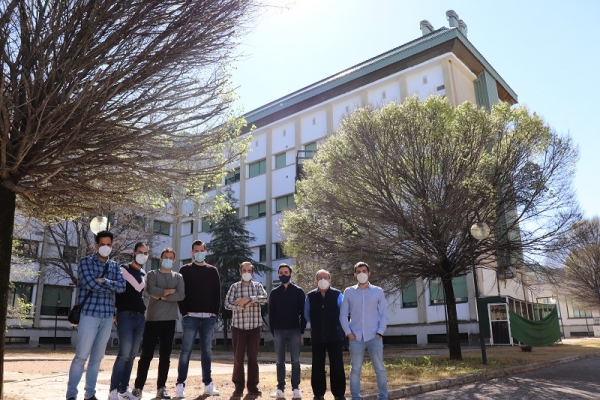Unlike the case with conventional production systems, in which energy is generated in a stable way, solar plants are characterized by their more intermittent dynamics. Therefore, having accurate data in terms of solar radiation forecasts is essential for the proper planning and management of storage tanks.
Thus, the AYRNA research group at the University of Cordoba (UCO), led by researcher César Hervás, has devised a new model that makes it possible to predict solar radiation. The results could be valuable for decision-making at photovoltaic plants. "When using this type of renewable energy, which depends on random components, prediction is required as to how much energy will be supplied to the network, to be able to include it in the planning of the electrical system so that the scheduled production fits the expected demand", explains researcher Pedro Antonio Gutiérrez, one of the authors of the study.
One of the breakthroughs of the study, in which UCO researcher Antonio Gómez Orellana also participates, and to which the Houari Boumediene University of Sciences and Technology (Algeria) is contributing, is that it makes possible estimations of radiation received on slanted planes, and not only horizontal ones, as had been standard until now. This makes it possible to tweak the inclination of the solar panels so that, depending on the prediction, they can be placed at a certain angle, thereby using the energy more efficiently.
Specifically, the system allows this estimate to be done an hour in advance, which, according to the research group, "is sufficient to facilitate management by the photovoltaic industry and to ascertain the exact amount of energy that is going to be supplied to the network". Furthermore, the results indicate that the margin of error for the prediction "is, in most cases, better than that achieved by other similar studies."
Evolutionary neural networks
The mathematical model used to make the predictions is based on three types of evolutionary neural networks, a branch of Artificial Intelligence in which the research group has extensive experience. The key is that the learning algorithm iteratively refines the models throughout the process to minimize the margin of error, using mutation operators. It is a system based on the principles of biological evolution, but, instead of selecting the best genes, it opts for the best parameters to obtain the ideal results.
The study, specifically, is part of the Hamletproject, an initiative in which the universities of Cordoba and Alcala de Henares are participating and that aims to develop predictive algorithms to address problems related to health and the environment.
References
B. Amiri, A.M. Gómez-Orellana, P.A. Gutiérrez, R. Dizene, C. Hervás-Martínez and K. Dahmani. "A Novel Approach for Global Solar Irradiation Forecasting on Tilted Plane using Hybrid Evolutionary Neural Networks", Journal of Cleaner Production, Vol. 287, March 2021, pp. 125577.


